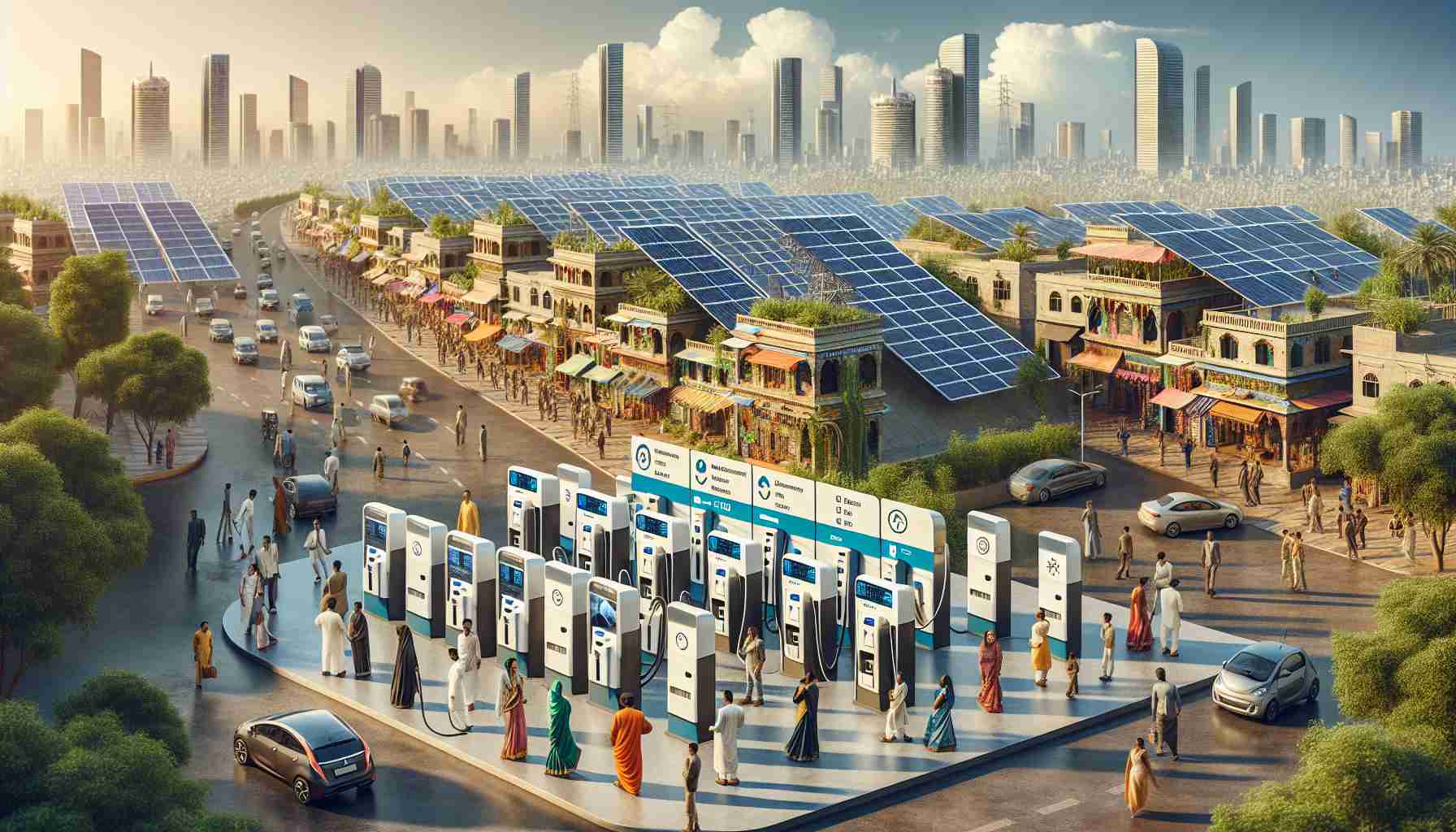India is gearing up for a radical shift in the charging landscape, with plans in motion to mandate a universal USB-C connector for all smartphones and laptops by the year 2026. This move represents a significant departure from traditional charging methods, heralding a new era of standardized connectivity options.
According to information from industry insiders, smartphone manufacturers will be required to transition to the USB-C standard by mid-2025, while laptops must follow suit by the close of 2026. This mandate mirrors efforts on a global scale to streamline charging solutions and combat electronic waste proliferation.
The directive mirrors advancements made by other regions, such as the European Union, which has already rolled out regulations mandating USB-C compatibility from this year onward. The aim is to enhance user convenience by establishing a universal charging cable protocol, thereby reducing reliance on proprietary chargers and cables.
This groundbreaking shift in India’s tech landscape is anticipated to affect a wide array of gadgets, including tablets, Windows laptops, and MacBooks, facilitating enhanced interoperability across various platforms. Notably, the ruling excludes smaller accessories like fitness bands and earbuds, underscoring a focus on larger electronic devices.
As conversations between policymakers and industry leaders progress, initial responses to the forthcoming regulation have been largely positive. The implementation of USB-C across smartphones and laptops in India holds the promise of streamlining manufacturing processes, potentially driving down costs associated with producing multiple charger variants.
In addition to the economic benefits, the move is poised to make a positive environmental impact by curbing electronic waste resulting from outdated charging technologies. With this shift, stakeholders in the tech sector and consumers are gearing up for a future that is not only more convenient but also environmentally conscious.
India’s Charging Revolution: The Unexplored Frontiers
In addition to the groundbreaking mandate to adopt universal USB-C connectors for smartphones and laptops by 2026, there are several key questions and challenges that arise as India prepares to revolutionize its charging standards:
1. What are the key challenges associated with transitioning to USB-C?
One of the primary challenges is the existing infrastructure of charging points and accessories that are designed for traditional connectors. Adapting to USB-C across the board will require widespread updates and investments in new technologies.
2. How will this mandate impact consumers?
While the move towards standardized charging is aimed at convenience, some consumers may face initial inconveniences if they have to replace existing cables and chargers that are not USB-C compatible. The cost implications of this transition for consumers will also need to be considered.
3. Are there any controversies surrounding this shift?
One potential controversy is the impact on smaller manufacturers who may struggle to adapt to the new standards, which could potentially lead to market disparities and decreased competition in the tech industry.
Advantages of the move to a universal USB-C standard include enhanced convenience for users who will no longer have to juggle multiple charger types, improved interoperability between devices, and reduced electronic waste from outdated chargers. Manufacturers are expected to benefit from streamlined production processes and potential cost savings.
However, there are also disadvantages to consider. Some users may find themselves needing to upgrade multiple accessories to comply with the new standard, which could be a costly endeavor. Additionally, the environmental benefits may take time to materialize fully, as older charging technologies are phased out.
As India embarks on this ambitious journey towards charging standardization, it is crucial for stakeholders to address these challenges and controversies effectively to ensure a smooth transition that benefits both consumers and the environment.
For more information on charging standards and environmental impact, visit energy.gov.
